Why do world leaders’ planes keep breaking down?
Whether it’s a lack of spending, international sanctions or the use of planes that aren’t on the commercial market, countries’ official aircraft are surprisingly prone to mishaps. Aviation experts explain why to Arpan Rai

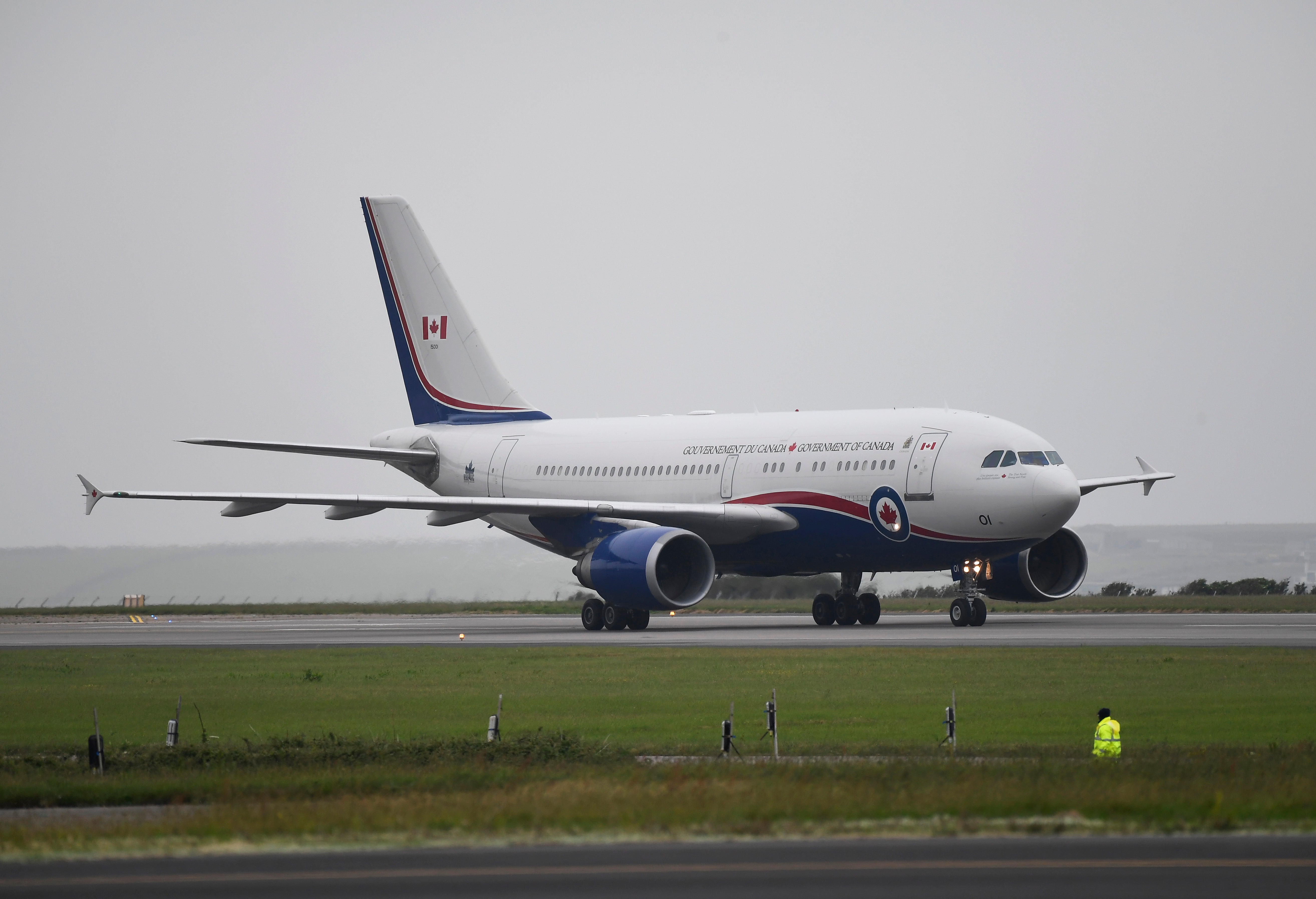
Your support helps us to tell the story
From reproductive rights to climate change to Big Tech, The Independent is on the ground when the story is developing. Whether it's investigating the financials of Elon Musk's pro-Trump PAC or producing our latest documentary, 'The A Word', which shines a light on the American women fighting for reproductive rights, we know how important it is to parse out the facts from the messaging.
At such a critical moment in US history, we need reporters on the ground. Your donation allows us to keep sending journalists to speak to both sides of the story.
The Independent is trusted by Americans across the entire political spectrum. And unlike many other quality news outlets, we choose not to lock Americans out of our reporting and analysis with paywalls. We believe quality journalism should be available to everyone, paid for by those who can afford it.
Your support makes all the difference.It was already a diplomatically thorny visit for Justin Trudeau to India for last weekend’s G20, with relations between the two countries souring in recent months. But things only got more awkward as Trudeau was forced to stay an extra two days in Delhi after his prime ministerial plane was hit by a mechanical issue.
The Canadian leader’s visit for the G20 summit was prolonged by the unexpected delay in fixing the issue with his Royal Canadian Air Force (RCAF) plane, as well as the failure of a replacement plane on Monday that could have brought him back earlier – leaving him and his Canadian delegation stranded abroad for days.
The embarrassing incident is surprisingly far from the only recent example of a world leader or senior minister being stranded on foreign soil by a breakdown involving their official aircraft.
In August, Germany’s foreign minister Annalena Baerbock and her delegation to Abu Dhabi were forced to go back to a layover airport after the Airbus she used suffered a problem with a landing flap failing to open.
Experts say that while the cause of such incidents may vary, they can typically be traced to a lack of defence spending by the country involved.
Technical issues are primarily due to two reasons – using old or obsolete aircraft (a practice that is particularly common with nations under international sanctions), or a country’s economic situation or political reluctance to spend large amounts maintaining superior fleets of aircraft for their heads of state and government.
Trudeau’s 36-year-old Airbus A310 remained stationed on the tarmac in New Delhi for two days until a replacement Airbus CC-150 Polaris managed to fly him out of his plane misery.
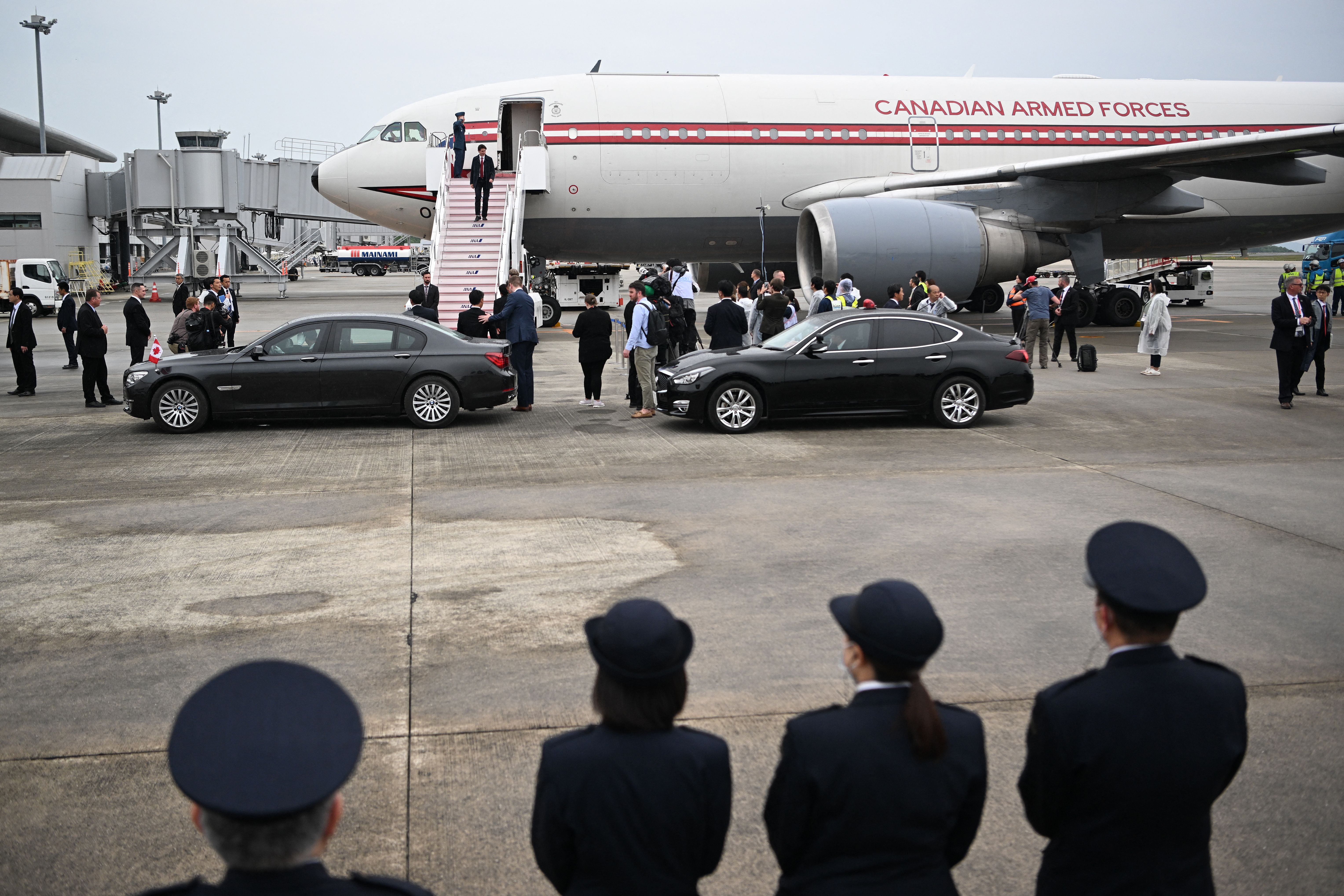
Canada has a relatively low defence budget that impacts it in a number of ways, including limiting what it can offer Ukraine in terms of military aid. It’s a lack of spending that leaves even the prime minister out in the cold.
It ranks 25th out of 31 Nato members on defence spending, committing only 1.2 per cent of its GDP in 2022, according to the alliance’s latest data this year. Germany ranks just two spots above Canada in terms of spending.
“The Germans and Canadians are using aircraft which, for commercial reasons, have already fallen out of favour globally and have been withdrawn by various users,” says Angad Singh, an independent defence analyst.
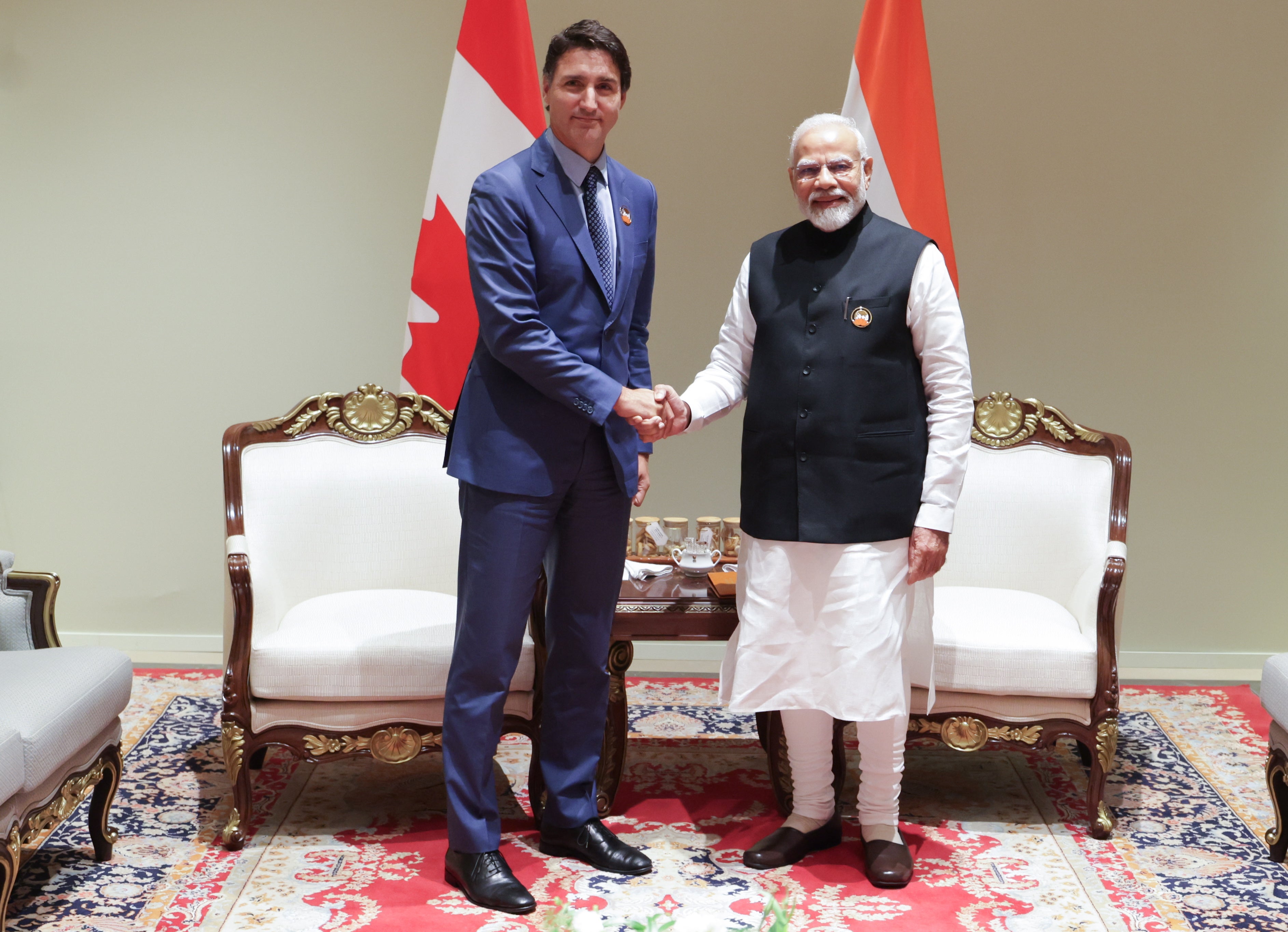
“The bulk of users of [the Airbus] 310 were very quick to ditch the aircraft the moment it was replaced by [Airbus] 330 or [Boeing] 777,” he tells The Independent.
Using an outdated model limits the availability of maintenance workers who are experienced in fixing such aircraft, as well as meaning a lack of potential replacements in event of a full breakdown, he explains.
“There is no economic case to keep the entire fleet pipeline available for the aircraft, which is now down to a few dozen in service in the world,” Singh says.
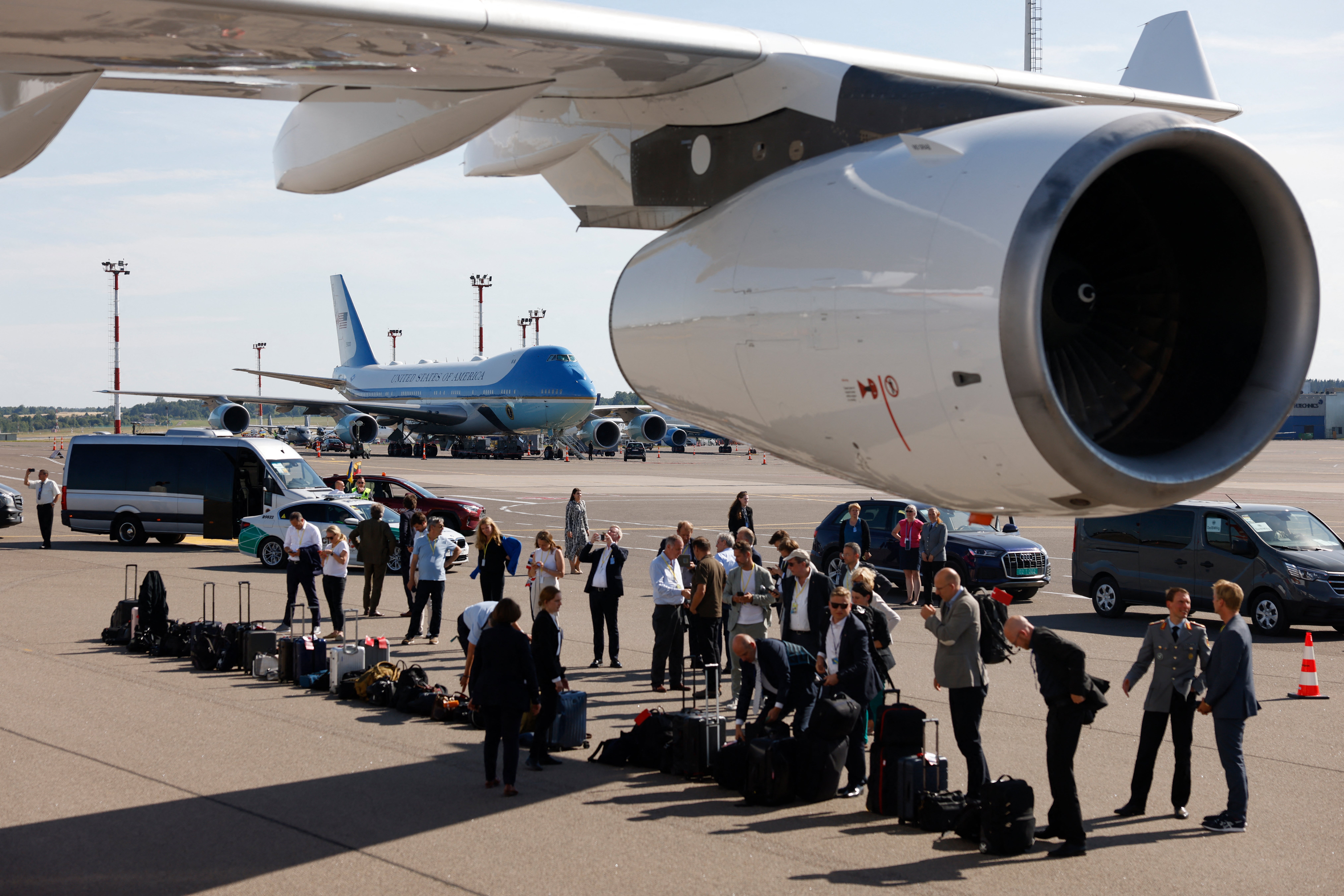
Once known as the “flying Taj Mahal”, the Airbus A310 is now only left with three of Iran’s carriers and one of Afghanistan’s carriers – and both nations face heavy sanctions, making it tough for them to upgrade to newer, wide-body aircraft.
When faced with technical and mechanical glitches, heads of state, in cases like Trudeau’s, cannot simply hitch a ride back with another leader or jump on a flight going to the same destination, says Mark Martin, founder and chief executive of Martin Consulting, a consultancy that focuses on aviation and defence.
“A lot of times aircraft break. They face issues with one of the million parts. Can they still fly? Yes, but this is being flown by the military, which will have to ensure safety is not compromised even in the smallest terms,” he tells The Independent.
Canada’s National Defence said the issue involved a part that must be replaced, without disclosing what the faulty item was.
“The safety of all passengers is critical to the RCAF and pre-flight safety checks are a regular part of all of our flight protocols,” it said, adding that discovery of the issue shows protocols are effective.
A government source told CBC that while the part was not fundamental to flying the plane, it is needed to meet regulations. The plane, thus, could not fly without it while carrying Trudeau.
“There are tons of security threats and technical issues, the teams of state heads can detect any security breach in pre-flight check when the world leaders have to leave and tell them to hold back if there is an issue. It can be simply contamination of food or fuel, when they record moisture content on a higher side than standard in fuel,” he says.
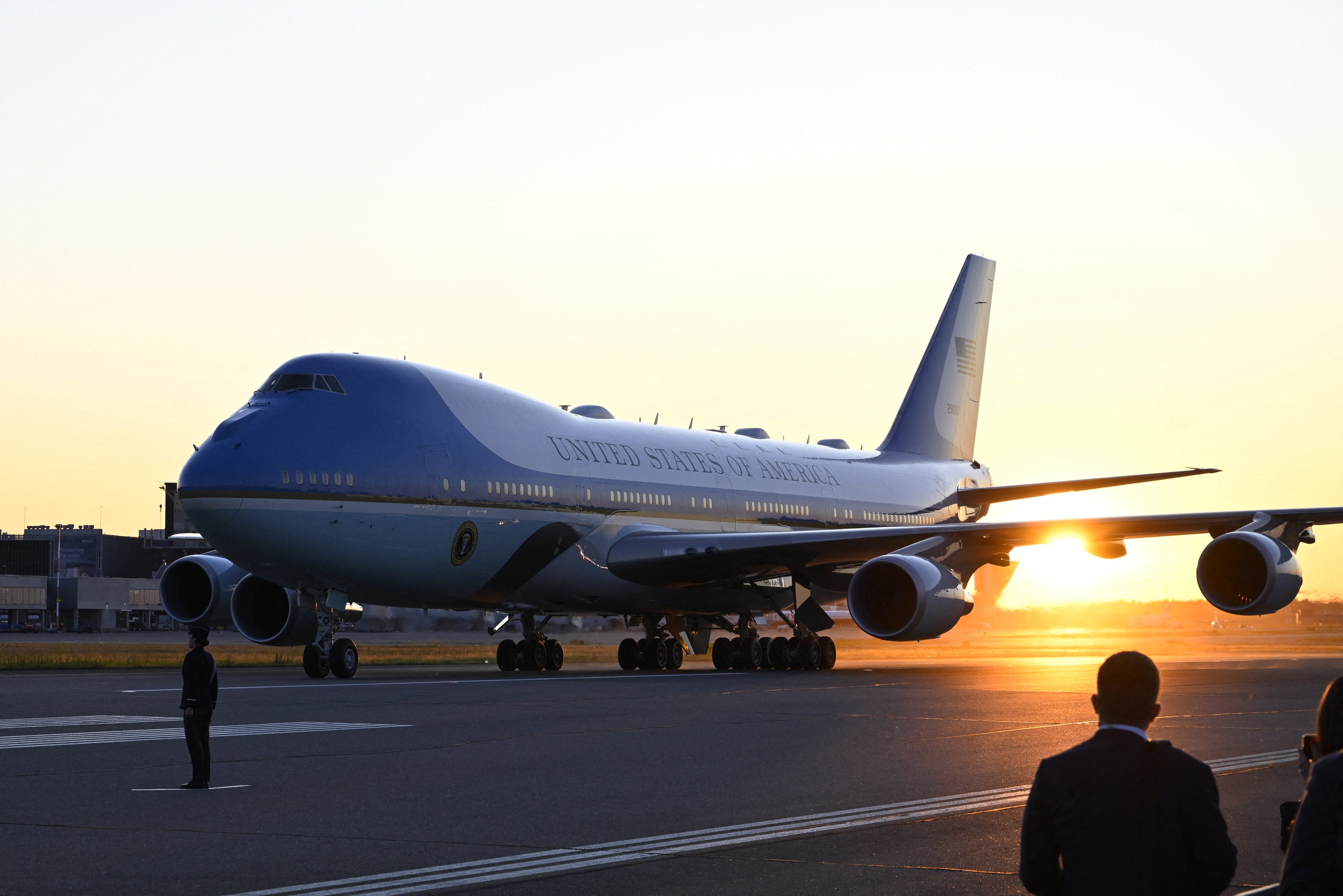
“The Royal Canadian Air Force can then tell Trudeau that the plane cannot be flown till all regulations are met, and some nations like Canada take it highly seriously,” says Mr Martin.
Singh says issues like this are frequent with Germany and Canada that still fly outdated aircraft from the 1980s and 1990s, but not with the US, that has the monstrous Boeing 747 for its president.
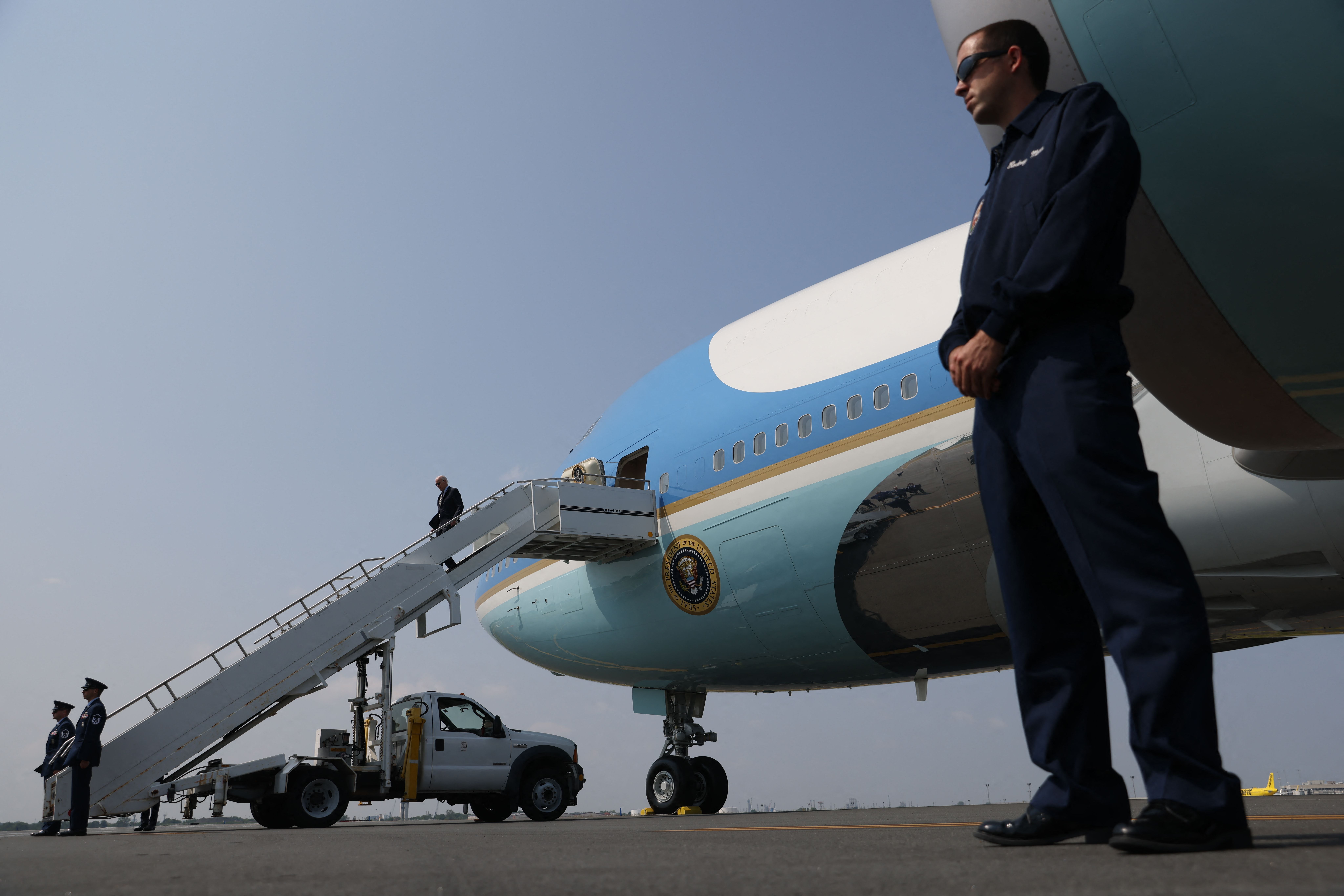
“Case in point, the US’s Air Force One aka Boeing 747 used by Joe Biden. The Head of State mission is taken highly seriously by the US Air Force, no one else commands that level of security and the elaborate procedures needed to keep them moving around the world,” he says.
“On the market side of it, the 747 has been an incredibly popular aircraft. The global use of 747 has made it easier for upkeep and availability of spare parts. We can’t fly in a 310, but still do in a 747,” he points out.
“It is simply coincidental. No one is going to dispatch an aircraft assuming that it won’t be able to take and bring your head of state back. When Trudeau left Canada, his team did so knowing that the Airbus A310-300 was in perfect shape,” Singh says.





Join our commenting forum
Join thought-provoking conversations, follow other Independent readers and see their replies
Comments